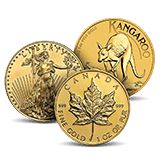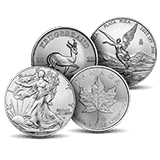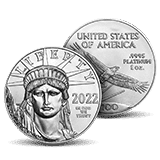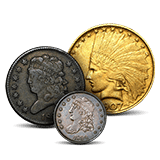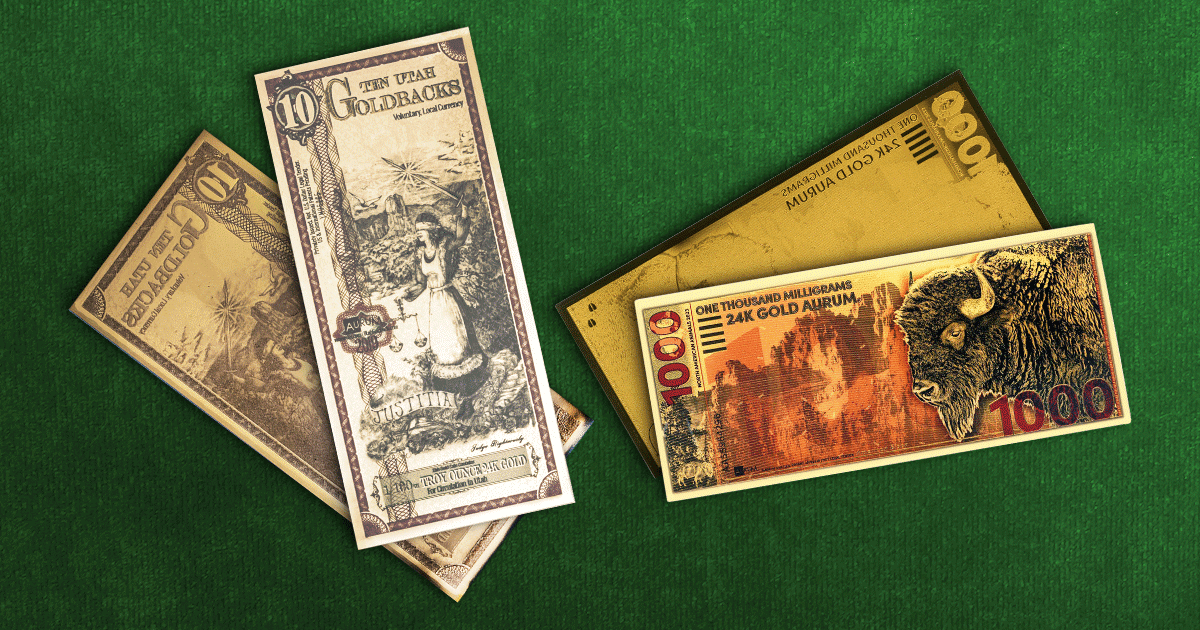
Foil gold is gold that has been formed into thin sheets. The gold is hammered or rolled into very fine layers with widths between a few microns to nanometers. Foil gold, or gold foil, can be found in a multitude of purities, and investment-grade gold foil is generally 24-karat, or 99.9% pure gold.
History of Gold Foil
Ancient Egyptian artisans are credited with being the first people to recognize the durability and malleability of gold. They used smooth, round stones to produce the thinnest gold of their time.
Gold foils adorned tombs from the Chinese Shang Dynasty between 1600 and 1046 B.C.E. The tradition of gold leafing continued through the Three Kingdoms and Two Jins dynasties, where it was used to produce gilded statues.
By the time of the Qing dynasty, gold leaf production became possible.
In Europe, gold leafing was first used in Italy and Constantinople as early as 1400, A.D. It found favor from artists who used it in art and in paintings, such as those by Gustav Klimt, who applied gold leaf in his painting “The Kiss.”
Today, gold foil is employed in applications ranging from insulation and radiation shielding in aerospace engineering to electronics, where its conductivity and resistance to oxidation provide unparalleled benefits.
How Does Gold Foil Differ from Gold Leaf?
Gold leaf is often made from 22-karat gold and can be a mere 120 nanometers in thickness, although in some cases, it is as thin as 50 nanometers if hand-beaten. Gold foil is often substantially thicker, although it is still quite thin in comparison with gold coins and rounds.
How are Gold Foil Notes Like Goldbacks Made?
Products like the Goldback are produced from a proprietary technology that deposits atomized gold particles onto polymer sheeting under a vacuum. The gold foil found in Goldbacks is 404 nanometers thick.
The polymer sheeting is produced in 500-foot rolls that feature intricate illustrations depicting the virtues used for Goldbacks, with designs that vary by denomination and state.
Currently, Goldbacks are available in five denominations produced for five states: Utah, South Dakota, Wyoming, Nevada, and New Hampshire. These notes can be spent like currency with participating businesses and individuals in 23 of the United States. That number is expected to grow as more states pass legislation affirming the use of silver and gold as legal tender.
Why is Gold so Malleable?
Malleability, or the ability to be shaped without creaking or cracking, describes how easily a material can be pressed, hammered, or forged into various forms.
Gold is the most malleable metal on the planet. It is so malleable that a single gram of gold can be hammered into a square meter of foil and one ounce of gold can be flattened into 300 square feet of gold. Gold can even be hammered into a strand more than 400 times thinner than a single human hair.
The malleability of gold is a result of its atomic structure. Because of its face-centered cubic crystal structure, every atom of gold is supported by 12 neighboring atoms, which allow for easy formation and deformation without disruption to the overall structure of the metal.

